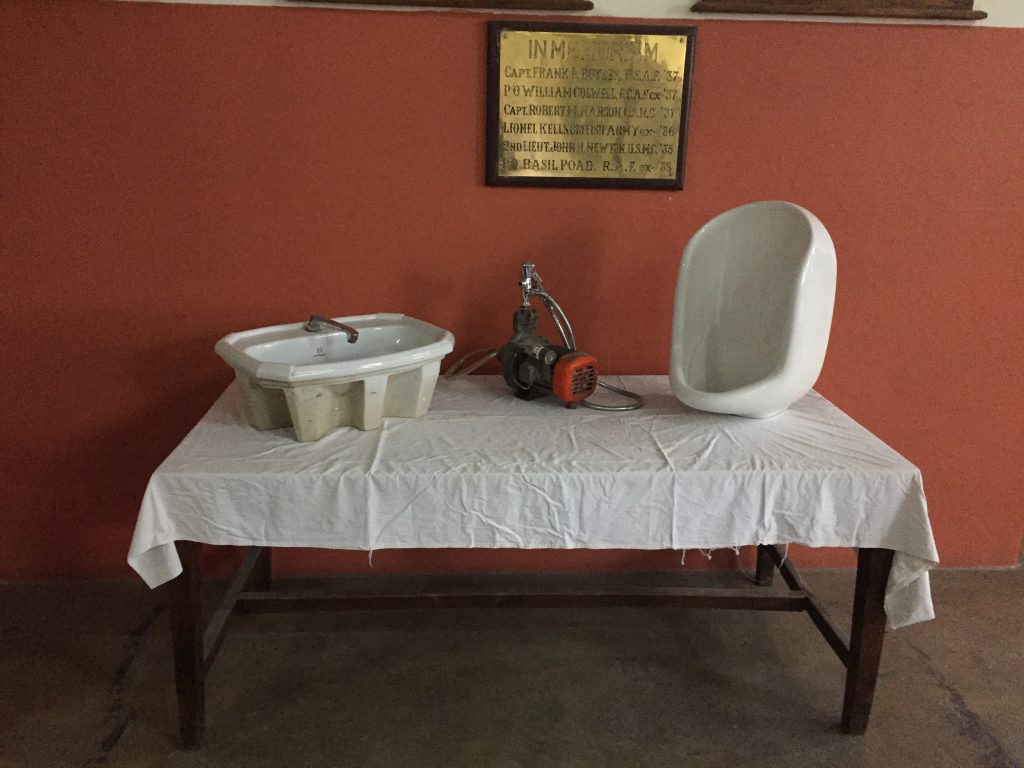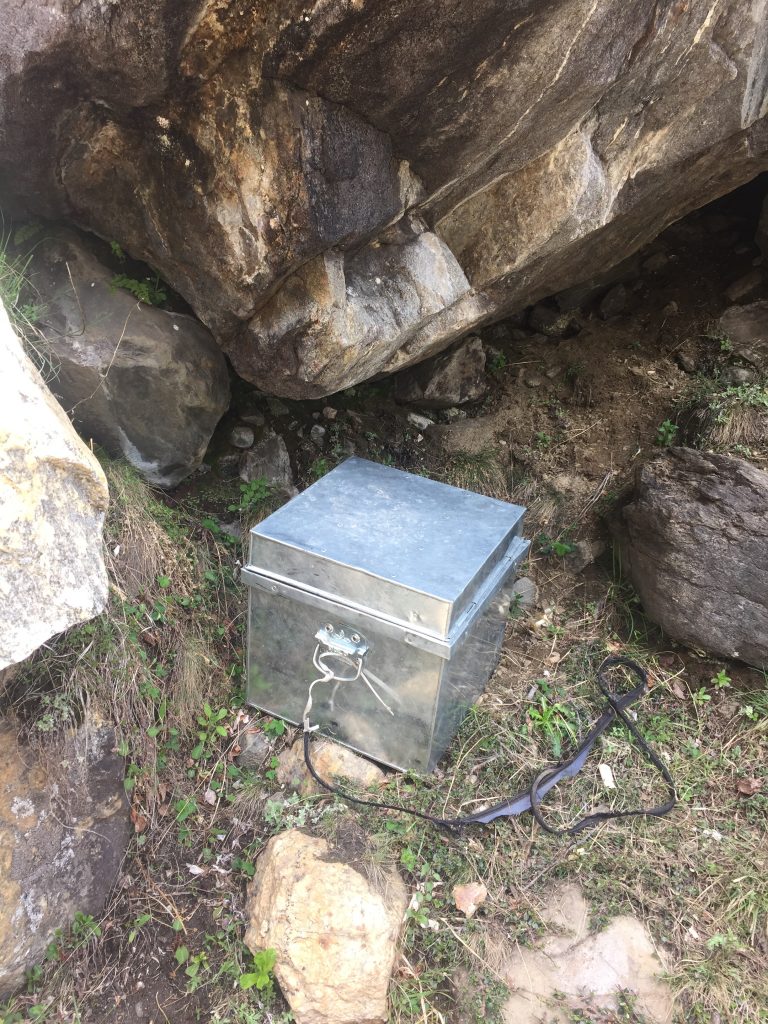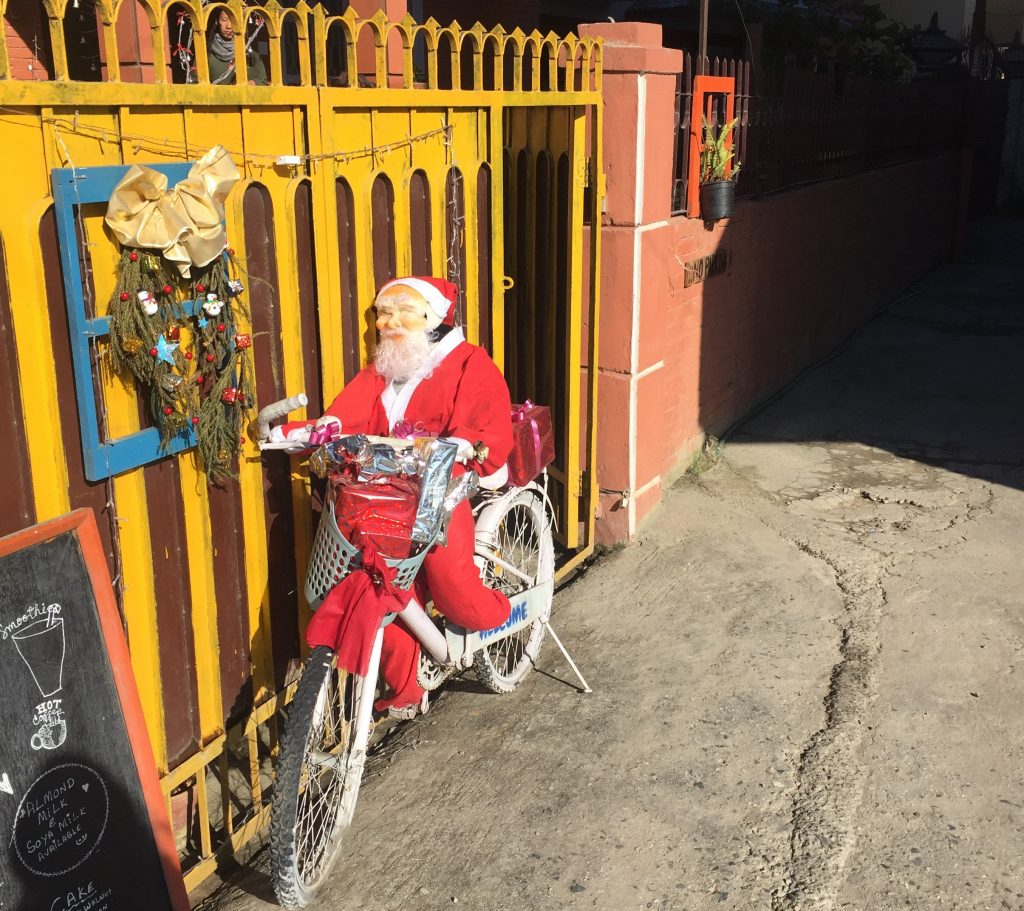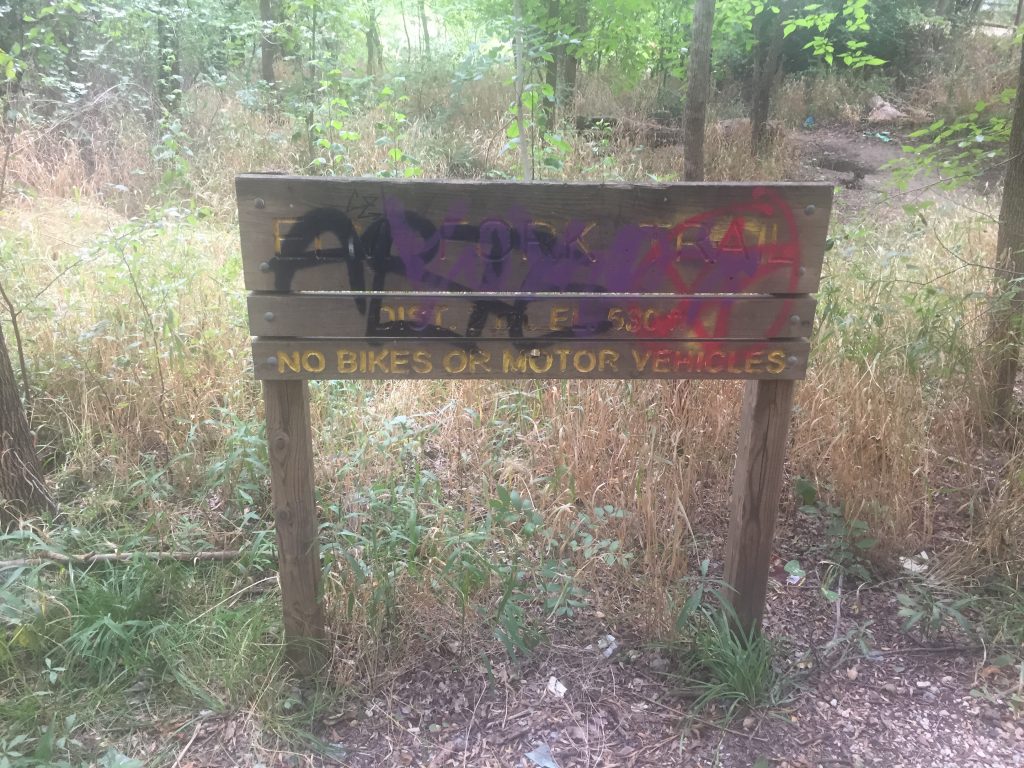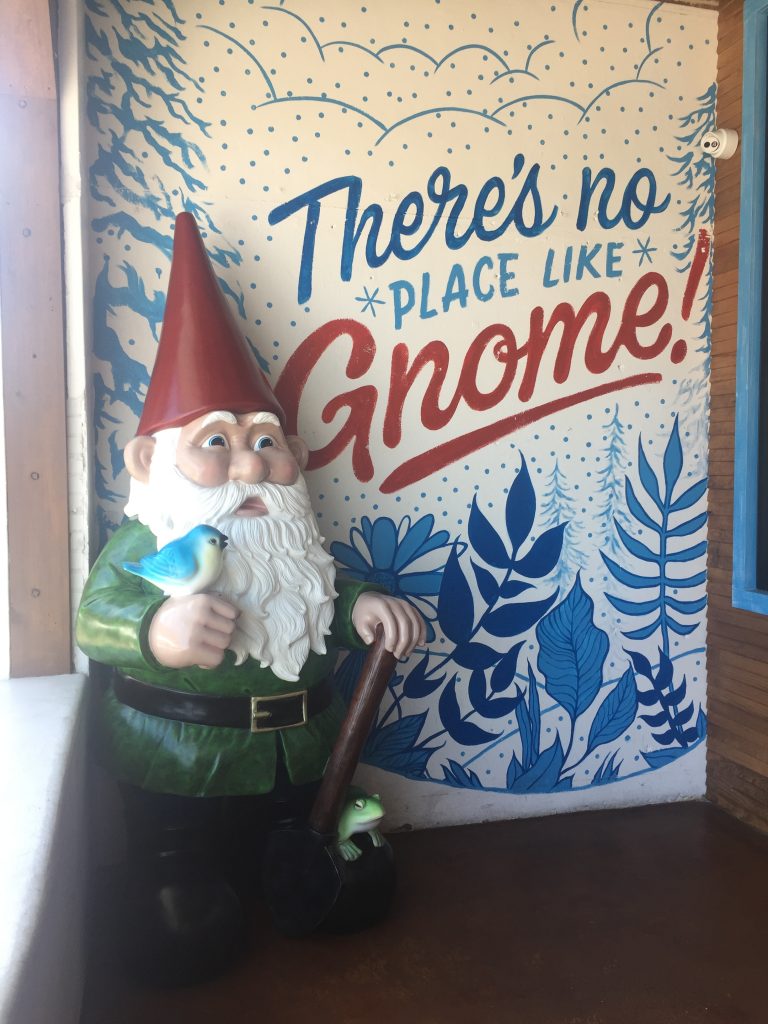The Sweet Homes Tommy Knocker
‘The life cycle of an urban legend is not so different than that of a star. Its birth is something complex enough to be described as chaos and, though we don’t currently have the wherewithal to suss the places where seemingly nothing might become obviously something, it’s easy enough to understand why both occurred after the fact. A star, like an urban legend, will be a light in humanity’s subconscious for a time and when it dies it won’t really die. An urban legend, like a star, will go dark; the branches of the story collapsing into the dense mass of something complete and unquestionable. Take ‘Resurrection Mary’ who, in her prime, was not confined to Chicago but hitchhiked all over the country. Take ‘Bigfoot,’ who has been seen in many climates and many coats. We remember their variation, but they have widely retired to familiar forms and new reports of either are inevitably dismissed as having been inspired by the core (for even dead stars whisper).
‘The Tommy Knocker of Sweet Homes’ is recent proof that urban legends evolve to their environment but are born the same regardless. A tommy knocker is traditionally a type of ghost confined to old mines and identified by the sound of their tools ‘knocking’ on cavern walls (what skeptics suggest is simply the echo of dripping water). When seventies mining technology became too noisy, tommy knockers mostly retired to suburbs to occasionally clatter about in pipes and radiators and eventually faded into relative obscurity.
The thing inside ‘The Sweet Homes Water Tower’ was not made privy to this change.
Sweet Homes, Ohio is technically a suburb- a gated community lacking any form of governance outside of a militaristic homeowner’s association and a paranoid neighborhood watch. ‘The Sweet Homes Water Tower’ is technically the oldest structure there, pre-dating the first house by four months or so- a timetable that isn’t exactly conducive to a traditional haunting but with which ‘The Tommy Knocker’ seems to make do for, starting just one year into the development’s occupation, ‘The Sweet Homes Water Tower’ began to ring.
The phenomenon can be traced back to July 2014 when Benjamin ‘Benny’ Smythe reported ‘a sound like a gong’ to the neighborhood watch. The noise, which Benny described as ‘something new-agey,’ would wake him up at ‘an ungodly hour’ and therefore was likely to be ‘ungodly.’ By the time Benny was able to record the ringing, others began to speak up and the sound began to occur sporadically, day and night. Due to the ringing’s unlikely origin, it wasn’t until three plucky teens were physically shaken off the tower one crisp autumn morning that the source was revealed. The sole survivor of the incident became the unlikely catalyst for a new legend, claiming to have heard something crawling inside tank before the fatal toll.
‘The Sweet Homes Water Tower’ was drained, inspected, and re-filled, but the ‘Tommy Knocker’ remained- no subsequent attempt has been rid of it. A second tower was eventually built, directly opposite the first and they stand on the edge of town like feuding roommates. ‘The Sweet Homes Tommy Knocker’ still chimes at least twice a day, at sunrise and sunset, prompting most to write the haunting off as temperature fluctuations in the metal. This theory fails to explain why the second tower is silent and why the first remains filled with water. It fails to explain why the first tower is allowed to remain standing at all (the HOA deflects questions like these, suggesting the water is held in reserve for fires).
The truth is succinctly conveyed by two subsequent clips of ‘The Sweet Homes Tommy Knocker.’ The first is static enough that, if it weren’t for a car moving in the far distance, a viewer might mistake it for a photograph.. Camera footage shows a view from the tower’s platform, Sweet Homes visible ahead and construction equipment visible below (placing the clip around the time of the initial draining). A mad scrabbling suffuses the audio of the clip, a sound like a mouse trying to escape a bucket. The tank is confirmed to be the source of the noise as the camera rotates to face it fully. The clip ends when the noise suddenly ceases and the ‘gong’ sounds, shaking the frame into a blur. The second is only three seconds long- grainy footage from the actual draining process. Water pours from the tower in a monstrous stream while workers look on. The flow sputters as something solid emerges from the spout. Several workers begin to shout before the footage ends.
Humanity’s reaction to ‘The Sweet Homes Tommy Knocker’ can be attributed to an evolved reluctance to pry. For better or worse we’ve learned to simply outlive certain problems. We’ve learned to not follow tommy knockers into their pits and we’ve learned to leave ‘The Sweet Homes Water Tower’ sealed and stagnant, bearing its daily entreaty with the closed-curtain politeness Sweet Homes is a monument to.’
There are several precautions to be taken at ‘The Sweet Homes Water Tower’ and I manage to do most at half-measure. I have my phone camera to record the evening knock. I craft ear plugs by tearing the corners off the rag I sometimes use to wipe down the bike. I tie a crude rope harness that may very well become a noose if the chaotic knot I use to anchor it on the platform happens to hold during a fall. For the first time in all these years, I think to leave a note for my family, letting them know I am not seeking out destruction but have dodged it so often the distinction may well be moot.
The climb itself isn’t bad and the wait is pleasant enough, a warm autumn day yielding to a cool autumn night. I spend it resting atop the tank itself, more dangerous than the platform but also more hidden from below. When the sun finally sets and the tower begins to click and groan with contraction, I brace myself, rigid for nearly an hour until I give up all at once, my body sore from the effort. I (stupidly) remove my makeshift earplugs and (stupidly) place my head against the tank before (stupidly) knocking, realizing only afterward the parenthetical idiocy of my actions. It comes as some surprise when I am answered not by the deafening chime of the tower, but by a cautious knock from inside, a muffled voice, and something like a deep gurgle. When I try again, the knocking become more frantic and I follow its urgency to the latch at its highest point.
There is a hatch there, operated by a wheel and before I’m able to turn it I see that someone has welded the entrance shut. Someone has burned a message there as well, presumably with the same torch. It says: ‘You’re Welcome.’
Luckily, I’m still gripping the wheel when ‘The Sweet Homes Tommy Knocker’ crashes against the inside of the tower. It flattens me, rattles my teeth, and leaves my ears ringing in a way I’ll likely hear for the rest of my life. It sounds, to me, like an explosion and my panicked animal brain wonders how cars can possibly still be driving along the highway, how a man calmly walks under a streetlight in the distant suburb when my own personal world seemed to be ending just seconds before.
My descent is shakey and slow; each movement is a concession between planting myself firmly and minimizing contact with the tank. I leave the rope harness hanging there when I drive away, realize three miles later that someone like me would arrive at a place like ‘The Sweet Homes Water Tower’ and assume whoever tied the harness would know what they were doing and that they might risk their life in it. ‘The Sweet Homes Tommy Knocker’ chimes again as I struggle with the knot and one last time at the very edge of hearing when I’m miles away, ears still thrumming from the abuse.
Whatever pickles in the water above Sweet Homes deserves the prison it finds itself in.
-traveler

